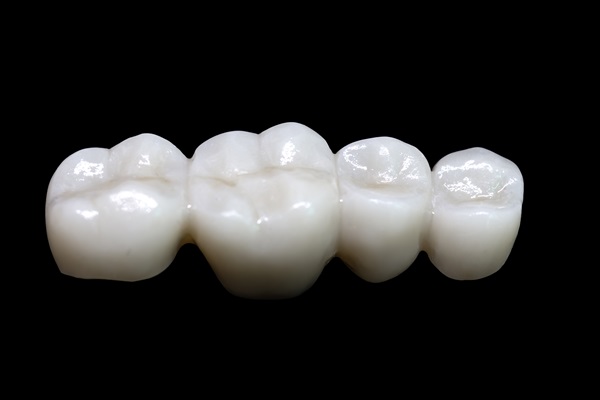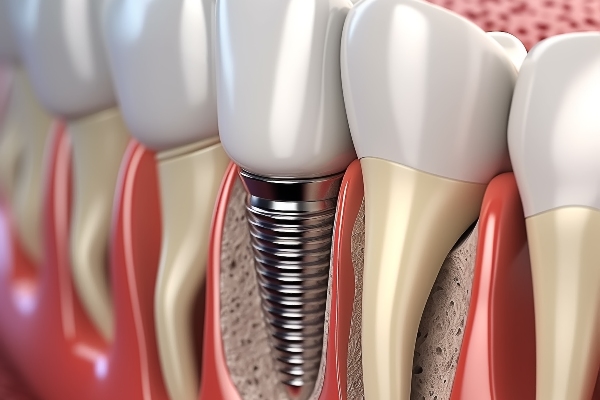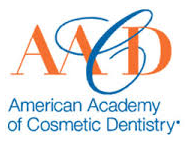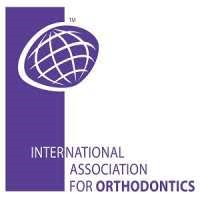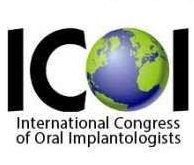What Happens During a Regular Dental Cleaning
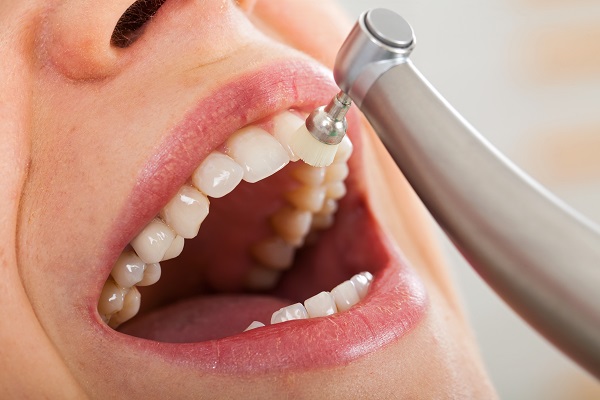
If you need to get your teeth cleaned regularly, you probably know that the dental cleaning process itself isn’t exactly fun. Still, it’s worth enduring these uncomfortable moments in order to protect your smile and keep your mouth clean and healthy. If you’re getting your teeth cleaned regularly or if you just want to learn more about how the process works, check out this article on what happens before, during, and after a regular dental cleaning.
A lot of things happen during a routine cleaning, but most people don’t think about all of them until they have their own appointment scheduled. This is why we thought it would be helpful to show everything that goes into a routine teeth-cleaning session. We hope you find it interesting!
Before your cleaning
Your regular cleaning is scheduled every six months—which means you get to visit your dental hygienist four times per year. If you’re looking forward to it, though, be warned: The cleaning process can sometimes be painful if your gums bleed or become irritated while being cleaned. If that happens, don’t freak out—it happens to most people and should go away within 24 hours. In some cases, you may need extra oral care from your dentist after a deep-cleaning session. In any case, try not to brush too vigorously before visiting with your hygienist; doing so may irritate tender gums and lead to excess bleeding.
Your dentist will likely advise you to stop eating and drinking for about two hours before your cleaning. This is because if your mouth contains food or liquid, there’s a higher risk of introducing bacteria into your bloodstream. You may also be asked to fill out paperwork prior to beginning; doing so will help keep you and your hygienist on track throughout your appointment. Your dental hygienist will first take an X-ray of your teeth—this helps ensure that they aren’t developing any cavities.
During your cleaning
You’ll be asked to sit in a chair that reclines to put you in a relaxed position. A dental hygienist, who is licensed and registered with your state board of dentistry, will remove any plaque and tartar buildup from your teeth by scrubbing them with special tools. Your gums may also be gently scraped if needed for thorough cleaning. The dentist may ask questions about oral health history to look for potential signs of gum disease or other concerns.
Then, you’ll be asked to rinse. Afterward, x-rays may be taken if needed. If your teeth are sensitive, you may receive a topical anesthetic applied before your cleaning is complete. Following your regular dental cleaning, you will typically have a review with your dentist or dental hygienist to discuss any findings or areas of concern for future visits.
It’s important to remember that your cleaning should always be pain-free. If you experience any pain or discomfort, speak up and tell your dentist or hygienist. Ask questions and communicate with your dental team throughout your cleaning so you can have a more comfortable experience next time.
After your cleaning
The process usually takes around thirty minutes, and your teeth will be in tip-top shape by then. Your dentist or hygienist will give you post-cleaning instructions for your teeth and gums, including when to come back for future cleanings. Your dentist may also recommend additional treatments, such as fluoride treatments to strengthen your teeth, sealants to prevent tooth decay, or dental crowns from protecting damaged teeth from further damage. As long as you keep up with your cleaning schedule, keep an eye on your diet, and stay committed to regular visits with your dentist, all of these services are optional! Just remember that only one person can give you the key to lasting good oral health—and that’s YOU!
By keeping yourself out of harm’s way (no smoking!) and practicing smart oral care (brushing two times daily!), take steps toward keeping all of those pearly whites intact. If you have any questions, your dentist will be happy to answer them for you. If not, they’ll direct you to a full list of post-cleaning instructions and give you an estimate of how long until your next cleaning is due.
Follow your dentist's guidelines
If you’re ever in doubt about what your next steps should be, just follow these three easy rules of thumb: brush twice daily with fluoride toothpaste, floss once a day (or as recommended by your dentist), and make sure to get regular cleanings every six months. Following these simple guidelines will help ensure that all of those pearly whites stay intact.
Request an appointment here: https://www.thegalleryofsmiles.com or call Midtown Dental - The Gallery of Smiles at (713) 979-4127 for an appointment in our Houston office.
Check out what others are saying about our dental services on Yelp: Dental Cleaning and Examinations in Houston, TX.
Recent Posts
A routine dental exam can help prevent dental cavities by detecting the early signs of enamel decay. If necessary, the dentist can take action to strengthen enamel so a cavity does not develop during a routine dental exam. This article provides a more in-depth review of the purpose and benefits of regular dental visits for…
Good oral habits include a dental exam once every six months. These routine checks are useful tools that help your dentist to keep tabs on your oral health. They help to prevent a range of dental problems, from cavities to tooth decay to gum disease.Dental exams allow for monitoring and early detection of issues that…
Dentists advise every one of all ages to get a Dental Checkup twice a year, at the minimum. However, despite this recommendation, not everyone actually undergoes check-ups this frequently, which can be risky. While most people believe that at-home oral hygiene is enough to maintain good health, that is far from true. It is necessary…
When it comes to preventive dental care, the approach is two-fold. First, it involves going to the dentist for regular checkups and performing any recommended follow-up treatment. Second, good oral health habits are crucial for keeping the body in good working order. For people living with chronic conditions such as diabetes and osteoporosis, keeping up…

